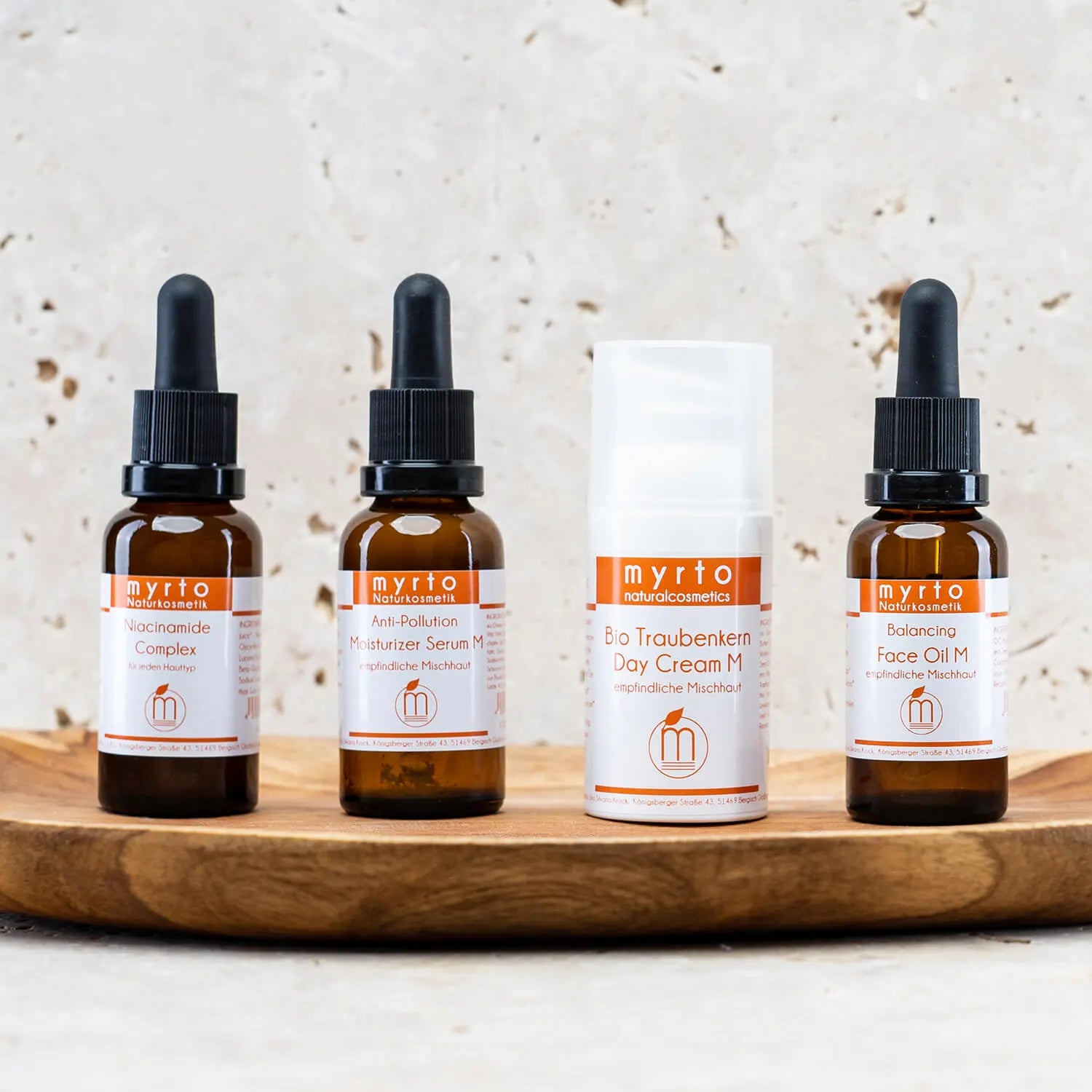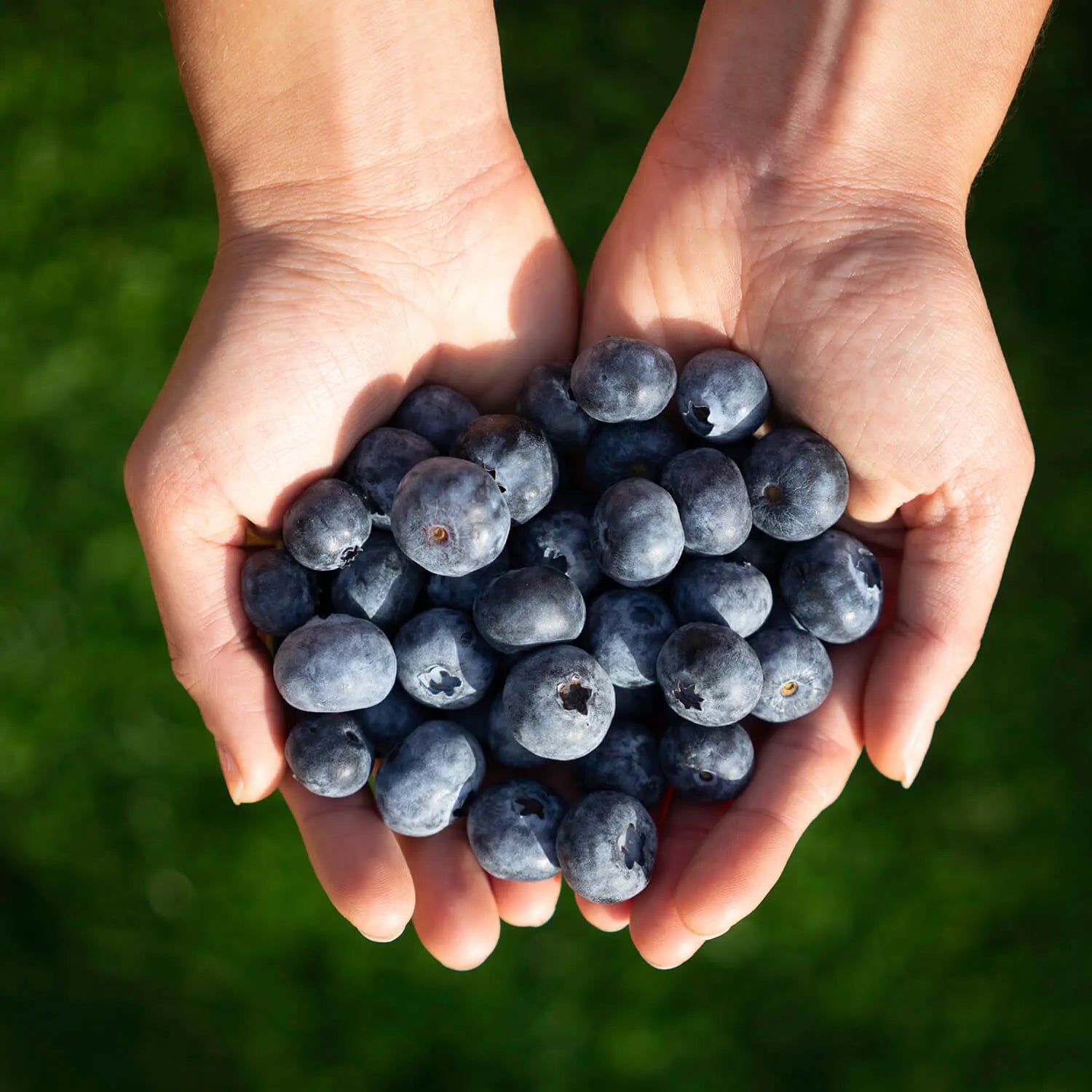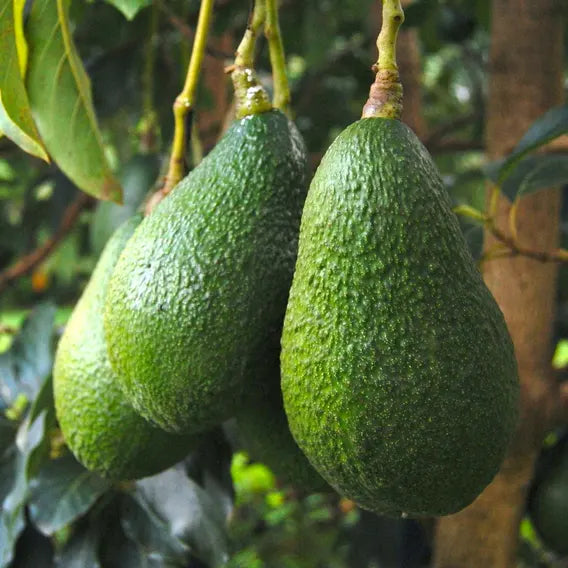
Late-onset acne: mature skin and pimples
What is late-onset acne?
Blackheads (comedones), inflamed spots, pustules or papules usually appear during puberty. This typical form of puberty acne occurs together with an oily complexion and enlarged pores in the T-zone. However, acne is not just a problem for teenagers. Many adults over 40, who sometimes hardly had any spots as teenagers, suffer from a form of acne known as late-onset acne (Latin: acne tarda) or adult acne.
Impure skin does not necessarily have to be oily. Dry skin areas with a weakened skin barrier are an ideal breeding ground for blackheads and pimples. The signs of acne in adulthood with constant redness, pimples, enlarged pores, but also pigment spots and reduced skin tension are particularly often visible on the cheeks, neck and chin area.
According to a scientific survey, about 26% of all women over 40 are affected by this form of acne. Men, on the other hand, suffer from late-onset acne much less frequently (Journal of the American Academy of Dermatology 2008).
The challenge with late-onset acne is to successfully combat not only the decreasing skin tension and the first wrinkles, but also the constant inflammation, redness and stubborn pimple marks on the skin.
Where does late-onset acne come from?
Hormonal changes
After years of taking the pill, more and more women are deciding to stop using this common form of contraception. During the hormonal change, they often suffer more from impure skin, blackheads and pimples. After stopping the pill, the manipulated hormone levels become unbalanced and the male androgens that occur alongside the female hormones, particularly testosterone, become more prominent. The sebaceous glands produce more fat and sebum can build up. Bacteria that cause pimples collect in the blocked sebaceous glands, giving inflammatory blackheads (comedones) ideal conditions for growth. It usually takes a lot of patience until hormonally-related acne returns to its natural balance after stopping the pill.
Hormonal fluctuations and a temporary relative excess of male hormones can also occur during menopause, when the natural female estrogen level drops as a result of age. During menopause, some women are therefore once again more affected by blackheads, stubborn pimples and acne.
Inappropriate skin care
Incorrect skin care can cause serious skin problems:
Comedogenic ingredients in cosmetics promote the development of pimples and acne. These include, for example, lanolin, paraffin or cocoa butter.
Aggressive washing gels, peelings and care products with unnecessary additives such as emulsifiers or alcohol weaken the natural skin barrier. They encourage the skin to become colonized by microorganisms that cause blemishes and blackheads.
Unbalanced diet
Unhealthy eating habits can also cause pimples:
Too much sugar – increases blood sugar levels, puts a strain on intestinal health, promotes inflammation, blemishes and pimples;
Baked goods made from white flour and ready meals – increase blood sugar levels, contain hidden additives, hardly any micronutrients and fiber;
Consumption of milk and dairy products – disrupts the hormonal balance, weakens the immune system;
Too much animal fat (arachidonic acid) and industrially hardened vegetable fats in fast food promote chronic, so-called silent inflammations, such as those found in acne, rosacea, neurodermatitis or psoriasis.
Other factors for the development of late acne
Genetic predisposition, long-term use of certain medications, heavy air pollution in big cities or the warm, humid climate under a corona mask can also lead to acne and promote pimple growth.
Psychological stress, long-term mental strain and chronic lack of sleep put strain on the entire organism. A weakened immune system tends to cause chronic inflammation, which also affects the skin. When you are stressed, the hormones cortisol and adrenaline are released in increased amounts. They stimulate the activity of the sebaceous glands and promote so-called stress spots. These are red pustules, small nodules, pimples and acne, often in connection with very dry skin.
Your individual lifestyle also has an impact on the condition of your skin. Nicotine and alcohol disrupt the body's detoxification. They are potentially responsible for enlarged pores, pimples and skin blemishes, as well as premature skin aging.
Dermatological Treatment of Late-Onset Acne
For external dermatological treatment, retinoids such as adapalene or tretinoin are primarily used, as are azelaic acid and benzoyl peroxide. For severe late-onset acne, tablets containing isotretinoin are prescribed. However, isotretinoin often has side effects such as dry skin, itching, redness, flaking or headaches. The wide range of possible side effects also includes hair loss, intestinal problems, depression or anemia.
The right skin care routine for signs of late-onset acne
The right skin care is crucial for an even complexion. It helps to bring your skin back into balance, smooth lines and wrinkles and maintain a youthful glow. Remember: you should never squeeze pimples yourself. They can become inflamed far too quickly, make your skin condition worse and leave scars.
Step 1: Clarifying skin cleansing
Cleanse your skin morning and evening without surfactants with the Grape Seed Cleansing Cream M. The mattifying cleanser frees the skin of dirt, dust and excess sebum.
Step 2: Facial Toner
After cleansing, spray your skin with the anti-inflammatory Magnolia Toner Sensitive. Magnolia bark counteracts inflammation of the skin, which accelerates the aging process (inflamm-aging). At the same time, hyaluronic acid provides deep moisture and smoothes the skin.
Step 3: Facial Serum
The Anti-Pollution Serum M with 4% niacinamide and willow bark extract with natural salicylic acid provides a gentle peeling effect and accelerates the skin's renewal process. The combination of hyaluronic acid and phosphatidylcholine provides long-lasting moisture and strengthens the skin barrier. The Niacinamide Complex Serum is also an insider tip for adult acne: It ensures a clear, even complexion. The Niacinamide Serum regulates the skin's sebum production and helps to reduce enlarged pores.
Step 4: Day cream
The Grape Seed Day Cream M without emulsifiers has proven effective against impurities and spots on mature skin. The deeply smoothing day cream with beta-glucan counteracts impurities. It refines the skin's appearance and mattifies the complexion.
Step 5: Balancing facial oil
The anti-inflammatory Balancing Face Oil soothes and heals problematic, damaged skin. The antibacterial face oil can be applied alone instead of a face cream or using the layering method over the day or night cream.
Step 6: Oil serum with purely plant-based sun protection
The Protective Sunshine Day Oil M with purely plant-based sun protection based on karanja oil and highly effective antioxidants absorbs harmful UV and IR radiation - without a whitening effect and free of nanoparticles.
You can also find these products for day and night care (except for the Niacinamide Complex Serum) in our Beauty Routine Set for sensitive combination skin.







